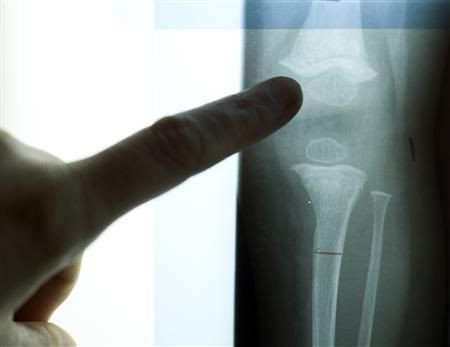New Study Finds Male Smokers To Be At A Higher Risk Than Females For Osteoporosis, Fractures

A study published in the Annals of the American Thoracic Society has found that among both the genders, male smokers were more likely to have osteoporosis and fractures of their vertebrae. The study took into account smoking history and chronic obstructive pulmonary disease (COPD) as factors that cause low bone density.
Currently, researchers state in the press release that these two factors are not considered as a as criteria for bone density screening. But for osteoporosis, smoking is taken into account as it contributes to its development.
For the study adults aged between 45 to 80 were taken. They were all either current smokers or ex smokers who have indulged in the habit for nearly ten years. Their bone density was analysed through quantitative CT and they found that 58 per cent of them had low bone density, 31 per cent had a intermediate bone density and only the remaining few were observed to have a normal bone density. Out of the 3,321 subjects from the National Jewish Health and other institutions, 37 per cent had one or more fractures of the vertebrae, the release states.
Researchers found that the majority with low bone density and vertebral fractures were men. Elizabeth Regan, MD, assistant professor of medicine at National Jewish Health explains the importance of the study and states that the current analysis brought about by the study can improve the quality of life and help in the reduction of health care costs. She states that man and woman alike must be screened for osteoporosis, if they smoke or have a history of smoking. She also points out to the fact that though the current guidelines do not recommend screening for all men, those with a history of smoking should get themselves screened for bone density. This would prevent fractures.
The press release informs that COPD patients had low bone density and the disease is the leading cause of death in the U.S. "The growing use of CT scans to screen heavy smokers for lung cancer may provide an opportunity to use the same scans for bone density screening in this high-risk population," said Dr. Regan.
The bone density of smokers reduces by 0.4 per cent with every additional pack-year of smoking. In the study it was seen that those with low bone density had an average of 46.9 pack-years of smoking history.
For questions/comments regarding the article, you may email the writer at samrichardson.ibtimes@gmail.com.




















